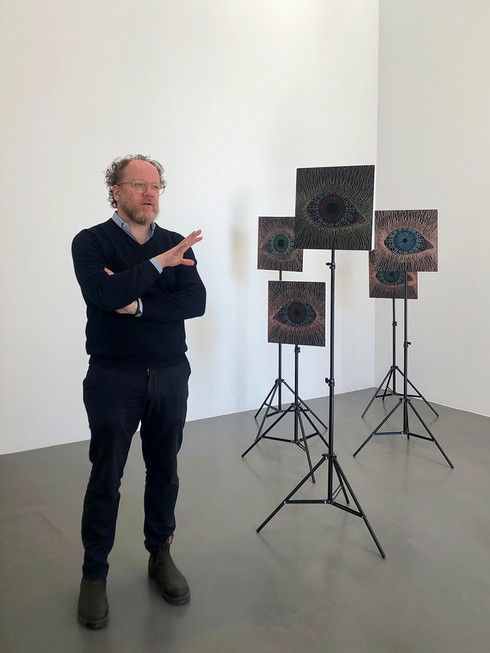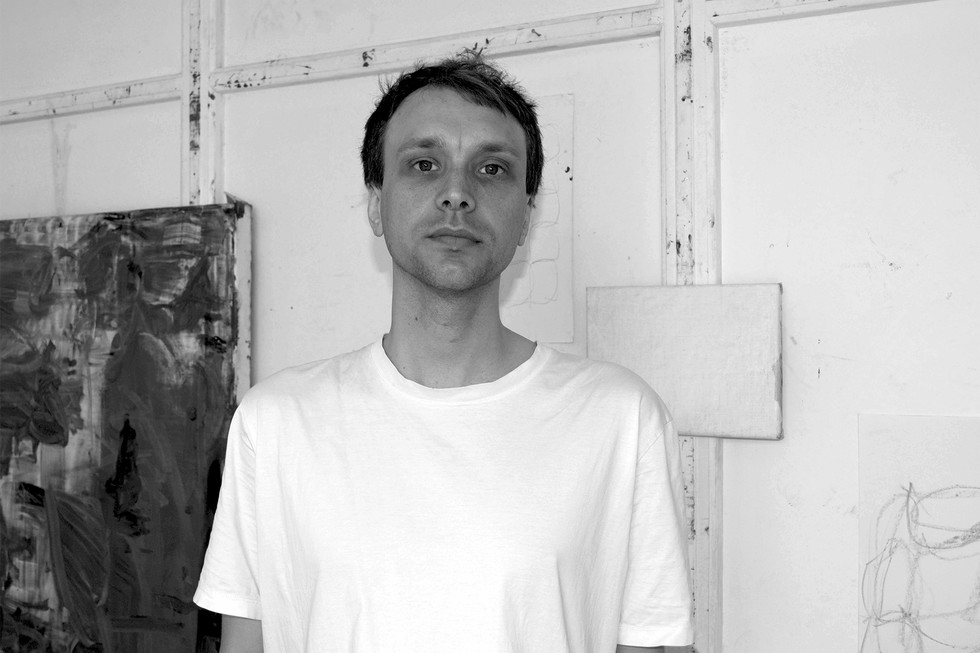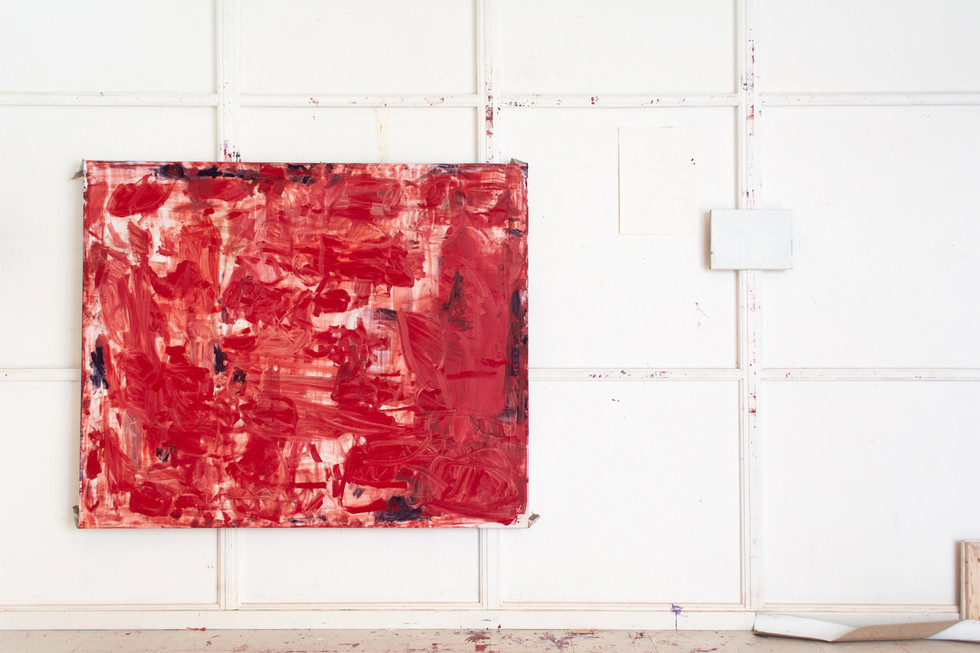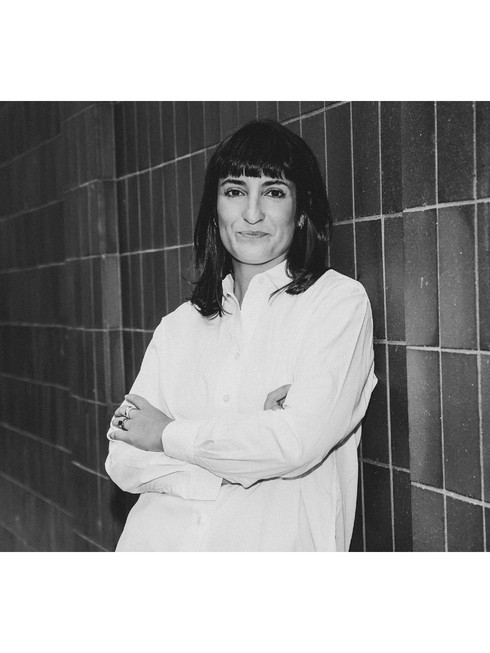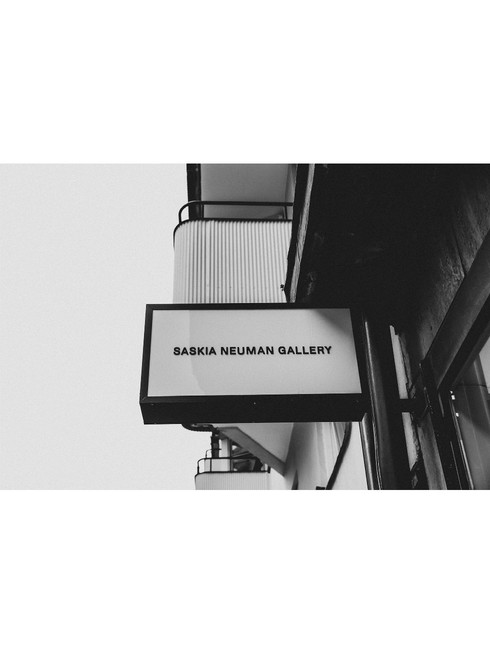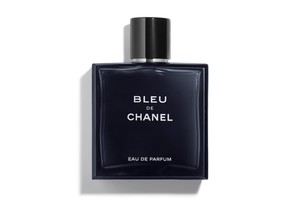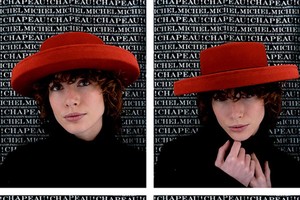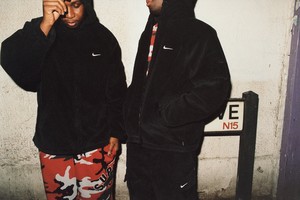Thomas Broomé
Written by Art & Culture
Thomas Broomé moves uninhibited between different techniques and materials in his artistry. With a curiosity and thirst for knowledge, he draws information and fuel from art history, science and philosophy. His interdisciplinary investigations turn into paintings, drawings, sculptures, video and installations that mix the logical with a touch of madness.
What are you working on right now? /Tell us about your exhibition during Stockholm Art Week?
At the moment I am completing the final touches for a big public artwork in Gothenburg. The project is set to open on the 24th of May atop the GoCo Centre of Health and Innovation and will consist of five sculptures. The sculptures will produce an optical illusion through the use of the viewer’s movement. By changing the viewing angle the sculptures will turn from opaque to transparent, thus illustrating the fragility of mankind.
The show at Galleri Magnus Karlsson is called MirrorLand and is a journey into an ambivalent and fractured world. MirrorLand is not a simple reflection of the visual world, but rather mirroring our contemporary world through texts and concepts. At the moment, MirrorLand remains dynamic and open to interpretation, thus allowing me the access to build upon the ideas and concepts discussed throughout the exhibition in it’s current form. I am ecstatic about resuming my work and exploring the world of MirrorLand further. As our reality seems to be ever-changing, MirrorLand reflects those shifts in paradigms, creating an endless flux in the relationships between the many interpretations of ”reality”.
What inspired you to become an artist, and how has your artistic journey evolved over time?
I am very much a wild card since I never really had any contact with art in my childhood. It was people around me like my teachers who said: ”the only thing that boy can be is an artist”. I am very grateful for that since it has opened up the world in so many ways for me. I always feel a sense of wonderment in being able to be an artist with all that it implies. During the years I have been a researcher, a teacher and have been lucky enough to show my work all around the world. Which is truly amazing for a young boy from the wrong side of the road.
What is your creative process like, and how do you approach developing new ideas and concepts for your work?
When I was at culinary school and we were boiling meat stock in gigantic pots, something I had never seen or done before, we would chuck in all the leftovers that weren’t garbage: vegetable peel, meat, bones, tendons from cleaning a steak, and any other tasty morsels that could add flavour to the ever-simmering pot that would sometimes cook for days. Nothing was wasted, and I really liked that process. Then, when we felt it was done (or when our teacher told us) we strained off whatever was still, surprisingly, solid and began reducing the liquid by boiling it violently, until all that remained was something we called meat glaze. This tasty and complex gelatinous substance was then used in our daily cooking to add flavor to a variety of dishes. A little goes a long way, or a lot becomes very little.
I often compare my artistic practice to making stock; I collect small fragments of ideas and observations that are boiled down, mashed together into a not always that appetising obsession. I never know what will captivate me or sometimes even why. But here I am, with my meat glaze, somewhat disappointed by this jelly-like, brown, umami-smelling idea. Should this really fascinate me, eat my time for what currently seems like an unfathomable future?
Can you tell me about a specific artwork or series of works that are particularly meaningful to you and why?
There are a series of paintings by Dick Bengtsson called the ”The Domburg Suite”, that inspired me a lot. It is a meditation of a painting by Mondrian that slowly and quite surprisingly turns into a swastika. Overall I am very inspired by Swedish Art from the sixties and seventies. Marie-Louise Ekman, Kjartan Slettermark and Öyvind Fahlström all provide a consistent yet exciting dialogue, which challenges my own perceptions of what art can be.
What do you think of Stockholm as an art city?
Stockholm is a melting pot and is therefore open to many interpretations of art, making it a cultural hub for creative works. However, I do feel that the current art scene is perpetuated by a similar style of artworks, an apparently shared anxious feeling to produce art that works, instead of art that challenges and deconstructs. Art in it’s critical description requires an open environment, the contemporary world around us feels as though it has lost it’s sense of revolution and the artworks produced provides safety in it’s place. This is a problem prevalent in the institutions as well as among artists situated in Stockholm.
Do you have a favorite Swedish Artist?
I do not really believe in the idea of favourites. Art is always evolving and it is the dialogue with other artists that is important, not who is considered to be the best today.
Do you have a favorite bar or restaurant in Stockholm?
I do enjoy authentic Chinese food and my current favourite is Eat East on Kungsholmen. It is a fantastic restaurant that serves food which takes me back to Shanghai.

